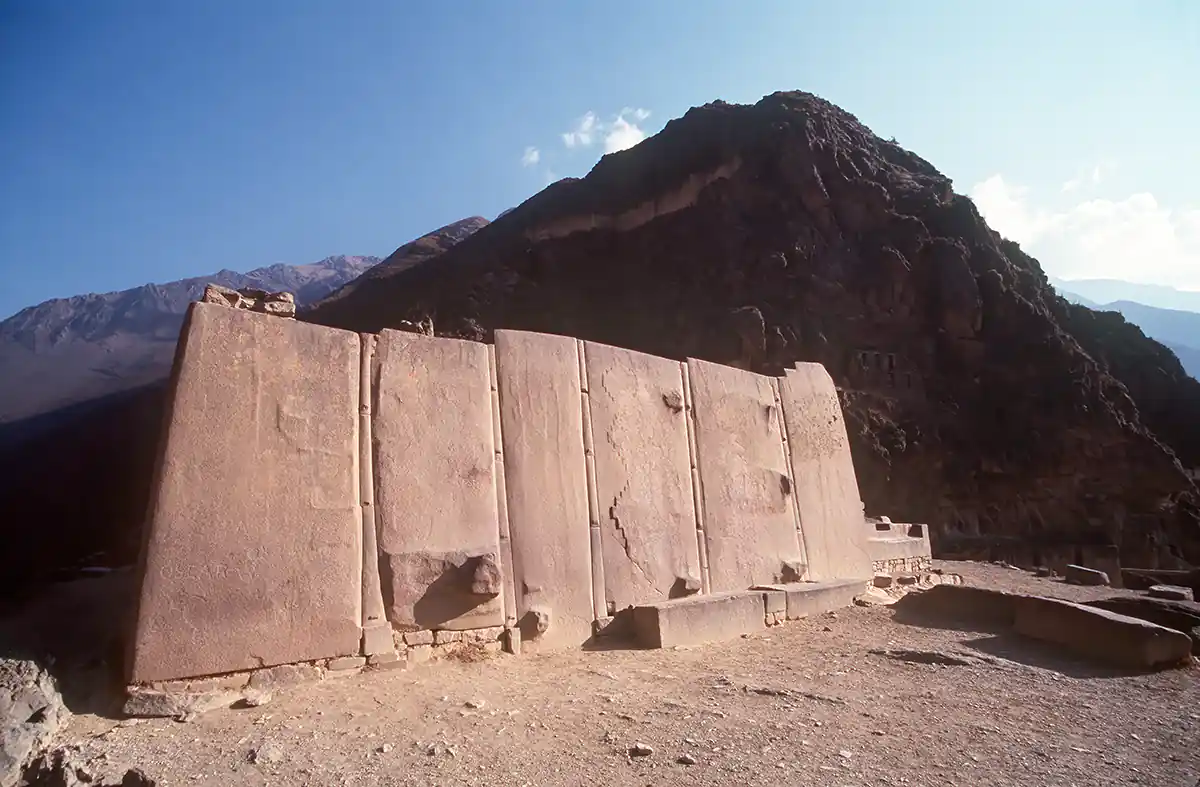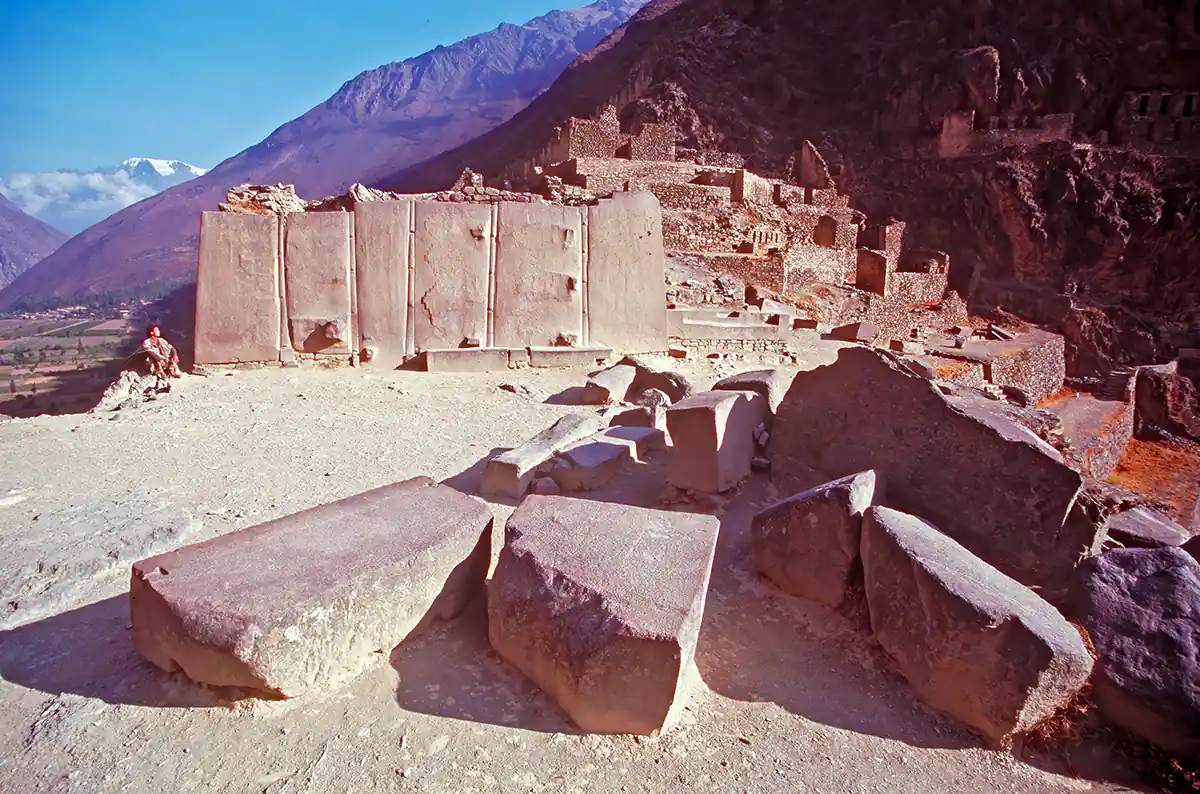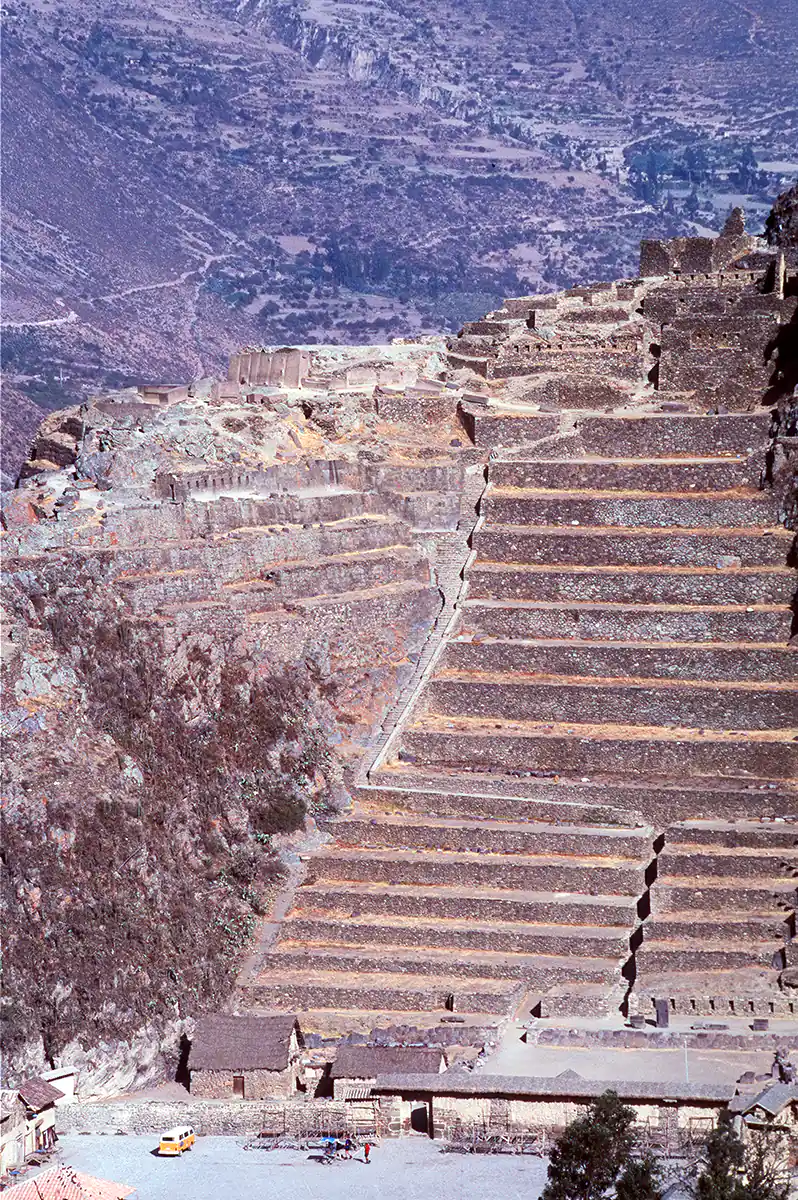Ollantaytambo
In the heart of Peru's Sacred Valley, Ollantaytambo stands as a testament to the enduring mysteries of the Andes. Its origins shroud themselves in the mists of time, extending beyond the well-known era of the Incan Empire and hinting at a legacy forged by even older civilizations. This extraordinary site embodies a fusion of architectural marvels, sacred landscapes, and profound spiritual significance, attracting pilgrims and explorers eager to unravel its secrets.
Whispers of Pre-Incan Civilizations
While the Incas left their unmistakable mark on Ollantaytambo, evidence suggests much of the site's foundational stonework predates their reign. The colossal megalithic constructions, particularly those on Temple Hill, display a style and precision distinct from typical Incan architecture. This raises compelling questions about the presence of earlier, potentially highly advanced, cultures that might have established the initial groundwork of this enigmatic place.
Spiritual Resonance
Ollantaytambo was not merely a fortress or administrative center; it pulsated with sacred energy. The Temple of the Sun, with its meticulously crafted monoliths, speaks of profound reverence for Inti, the Incan sun god. Additionally, the Temple of the Condor, located in an elevated zone, hints at the importance of this majestic bird as a symbol of connection to the higher realms. Water, too, held holy significance; the Incas engineered intricate fountains and channels like the Ñusta Pakana, likely used for ceremonial and purification purposes.
A Crossroads of History
Ollantaytambo played a pivotal role in Incan history. Its terraces, skillfully fashioned into the mountainsides, ensured food production and served as a defensive wall against invaders. Under Emperor Pachacutec, it transformed into a royal estate showcasing Incan wealth and power. Perhaps its most dramatic moment came during the Spanish Conquest when Ollantaytambo became a temporary stronghold for Manco Inca, leader of the Incan resistance. The Incas achieved a rare victory here, showcasing their strategic prowess and fierce determination.
A Pilgrimage of Past and Present
Ollantaytambo's power as a sacred site extends through time. In the Incan era, it likely drew pilgrims from far-flung corners of the empire for important rituals and celebrations. This pilgrimage tradition continues today. Spiritual seekers, drawn by the site's palpable energy, seek a connection to the Incas and the echoes of even more ancient civilizations. Additionally, Ollantaytambo often serves as the starting point of the Inca Trail, turning a physical journey into a spiritual quest leading to Machu Picchu, the ultimate Incan sanctuary.
The Enigma of Ollantaytambo
Ollantaytambo is a complex tapestry woven with architectural wonders, sacred spaces, and layers of history. It hints at lost knowledge and vanished civilizations, reminding us of the vast depths of time and the human yearning to connect with something profound. As visitors traverse its stone pathways, marvel at the Temple of the Sun, or stand before the enigmatic face carved into the mountainside, they encounter a place that defies easy explanations. Ollantaytambo stands as a timeless monument, inviting each individual to unlock its mysteries in their own way, a pilgrimage site where the past, the present, and the eternal intertwine.

Martin Gray is a cultural anthropologist, writer and photographer specializing in the study of pilgrimage traditions and sacred sites around the world. During a 40 year period he has visited more than 2000 pilgrimage places in 160 countries. The World Pilgrimage Guide at sacredsites.com is the most comprehensive source of information on this subject.



